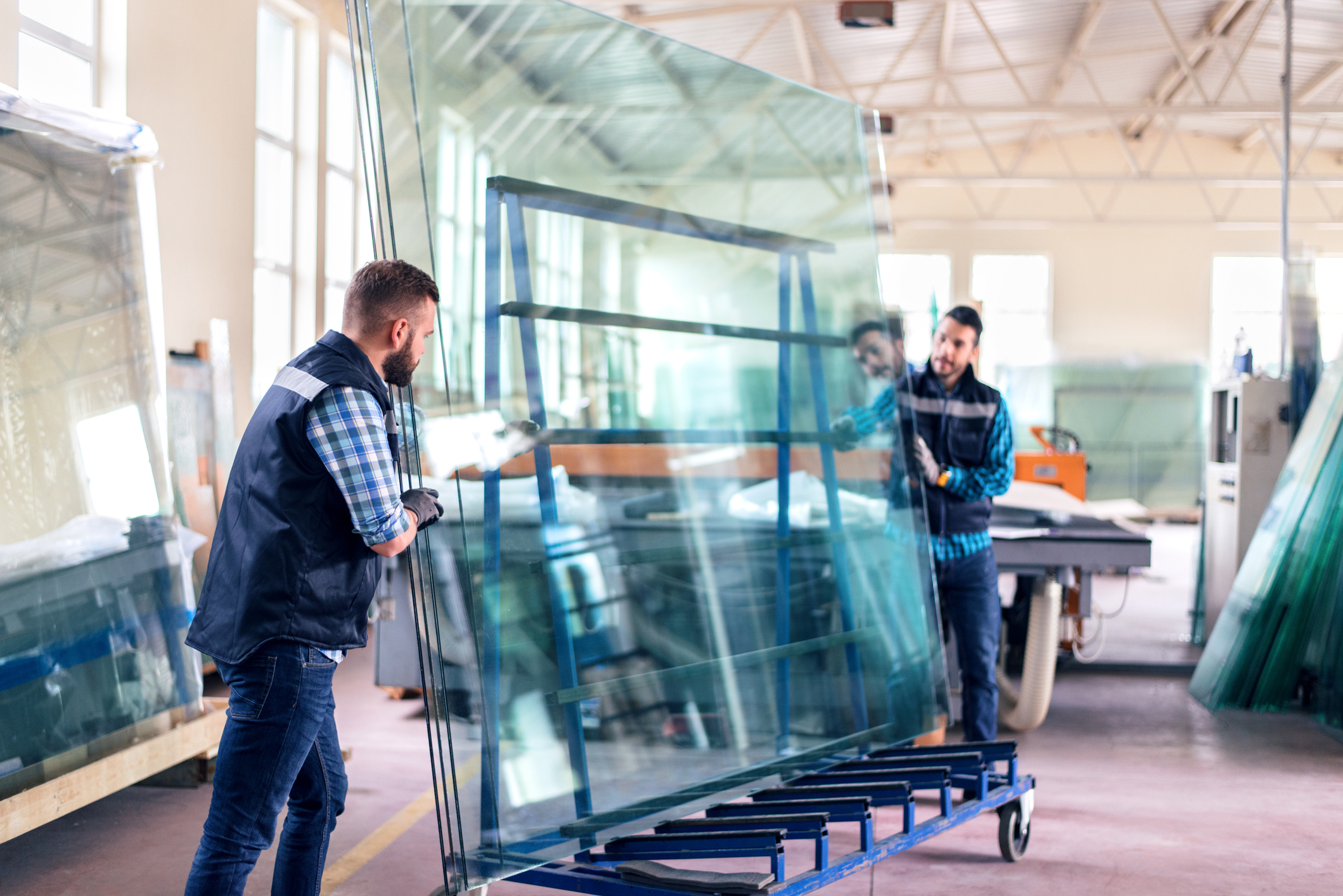7 Auto Glass Industry Trends
Automotive glass is a growing industry. It had a value of over $30 billion in 2019 and is projected to have a compound annual growth rate (CAGR) of 4.5 percent through 2027.
But what is driving this shift? The answer may be more complex than you think.
There are several automobile industry trends that will impact the U.S. auto glass market in the next few years. Most of these revolve around increased demand for better vehicle safety, as well as a steady increase in vehicle sales.
The information below will help you better understand the relationship between dynamics and the stability of the auto glass industry. Here are seven factors to consider.
1. General Auto Industry Growth
An increase in automobile manufacturing, in general, is at the forefront of impactful auto glass industry factors. Approximately 17 million cars are sold in the United States every year. While vehicle sales took a dip in the summer of 2020, the decline for the entire year was less severe than anticipated.
And there is little evidence that this marginal decline will persist. In fact, the overall automobile industry forecast through 2025 is a CAGR of 4.8 percent.
2. Fuel Efficiency
Advances in technology have helped the automobile industry achieve many different advances in recent years. Greater fuel efficiency is one of these.
The average fuel economy for light-duty vehicles in the United States has climbed from under 15 miles-per-gallon (mpg) in the mid-1970s to almost 30 mpg today.
The speed with which these innovations happen increases vehicle turnover. In turn, this drives demand for auto glass. And this is a trend that will continue going forward.
3. Larger Windshields
Larger windshields continue to grow in popularity for a variety of reasons. These include safety and greater visibility.
Panoramic windshields have become increasingly popular. Tesla sparked the trend with models in 2015, and other manufacturers have quickly followed suit.
Besides personal vehicles, RVs have become part of this shift as well. Almost all RV manufacturers had switched from two- to one-piece windshields by 2006. But the demand for larger windshields that offer better panoramic views has steadily climbed ever since.
4. Larger Windows
Besides panoramic windshields, demand for bigger windows also continues to grow as well. Unlike bigger windshields though, this is a fairly new trend.
Manufacturer window size preferences tend to yo-yo with car design. The early 2000s saw a shift towards more compact cars that had smaller windows. Also, heightened government standards for rollover protections meant manufacturers had to sacrifice window size for more robust vehicle roofs.
But that shift has reversed. In fact, some reports are showing 20 percent more glass in some models, like the Ford Fiesta and Volkswagen Golf, than they had 20 years ago.
Today, even compacts have more and larger windows. And innovations in rollover protections have enabled manufacturers to meet safety standards without sacrificing window surface area.
Increased window surface area improves safety through better visibility. It is no surprise that safety rankings based on visibility favor vehicles with larger windshields and windows.
5. Larger Sunroofs
The automotive sunroof market is expected to grow faster than almost any other auto aspect over the next five years. It could see a nine percent CAGR between now and 2025.
The first sunroof in a car dates back to 1932. Until recently, it has been considered a special feature. But now, with some exceptions, it is considered a standard feature in most mid-segment vehicles and all premium ones.
Advances in UV protections and sunlight reflection have increased in popularity. Like larger windshields and windows, greater visibility is a factor with sunroof demand. Although there are no associated safety advantages, more vehicles now are coming with panoramic sunroofs and moonroofs.
6. Better Quality Glass
Increased safety standards have pushed original equipment manufacturers (OEM) to produce glass with higher safety standards. For this and other reasons, vehicles now come with better, stronger glass than even a few years ago.
With innovations in tempering and laminating, automotive glass strength has surged. It can be comparable to strong metals, including aluminum and even steel.
Almost all manufacturers use "safety glass" in-vehicle windshields. It is much stronger than standard annealed glass.
These advances have made glass less likely to shatter during an accident. And it contributes to better structural support of the vehicle as well. This can be important in the event of a rollover.
Stronger glass also makes it less likely for a driver or passenger to be ejected from the vehicle during a crash.
7. Smart Glass
Smart glass has many features that can make driving safer and more comfortable. For instance, it can shift tint levels and block UV rays, glare, and heat from the sun.
And many of these attributes are possible without darker tints. So you gain these protections without sacrificing visibility.
Smart glass also improves driving safety through “heads-up displays.” These are warnings on the windshield or side mirrors that the driver is approaching a vehicle in front or that one is in the lane beside them.
The technology also makes controls easier to access by projecting them onto the windshield. Now drivers can view warning notices or messages without taking their eyes off the road. And, with advances in technology, the trend of greater standard availability of smart glass in vehicles will continue.
Understanding Auto Glass Industry Trends
Now that you have a sense of the many auto industry trends behind glass manufacturing growth, you can be confident that this industry will enjoy stability in the foreseeable future. Cumulatively, these trends point towards further demand for better and safer features in vehicles. And this will continue to impact the glass industry.
We hope this information has helped you have a better understanding of trends driving growth in auto glass manufacturing. This knowledge can help you have confidence in the reliability of the industry.
.jpg?width=50&height=50&name=IMG_7537%20(1).jpg) By
By


